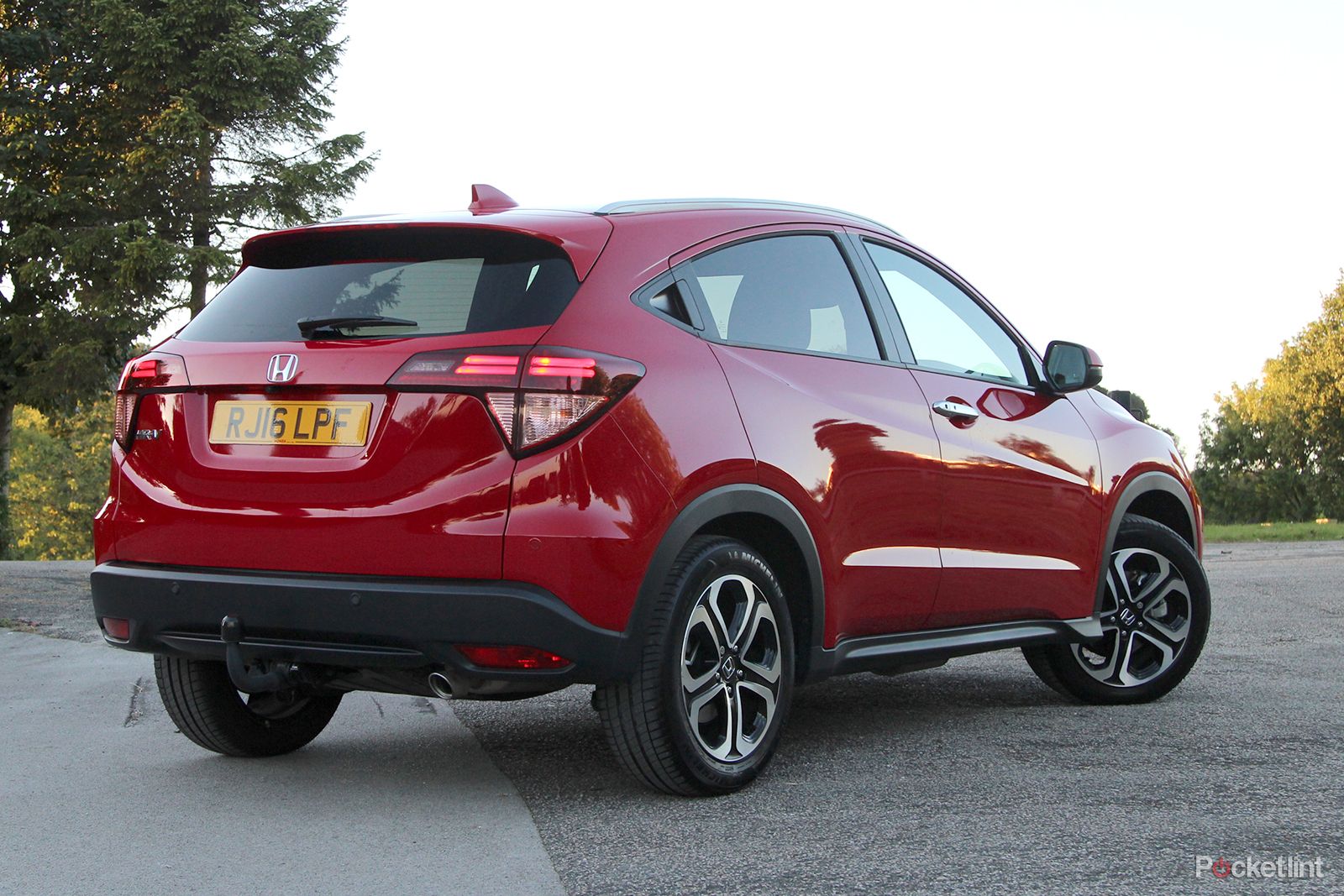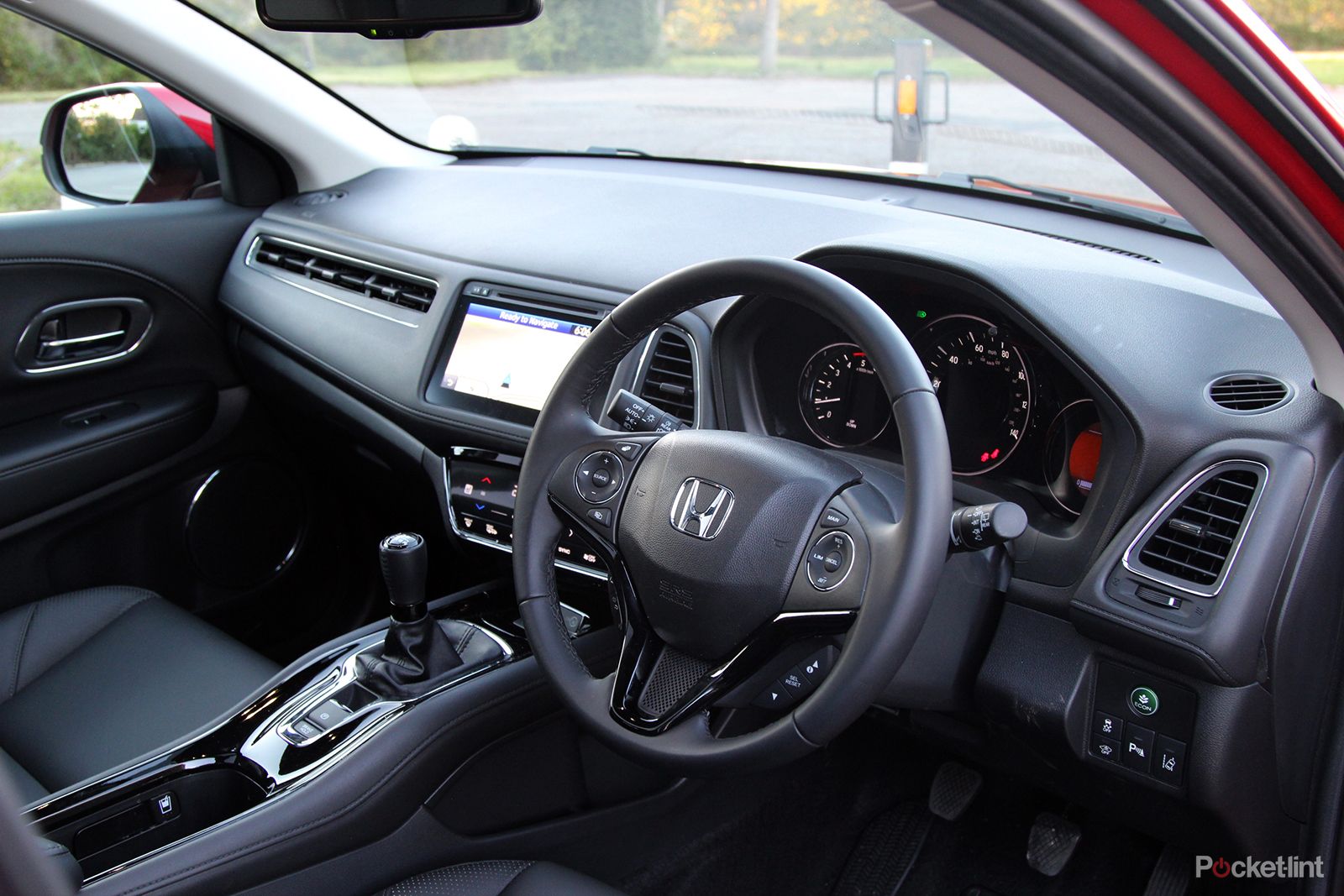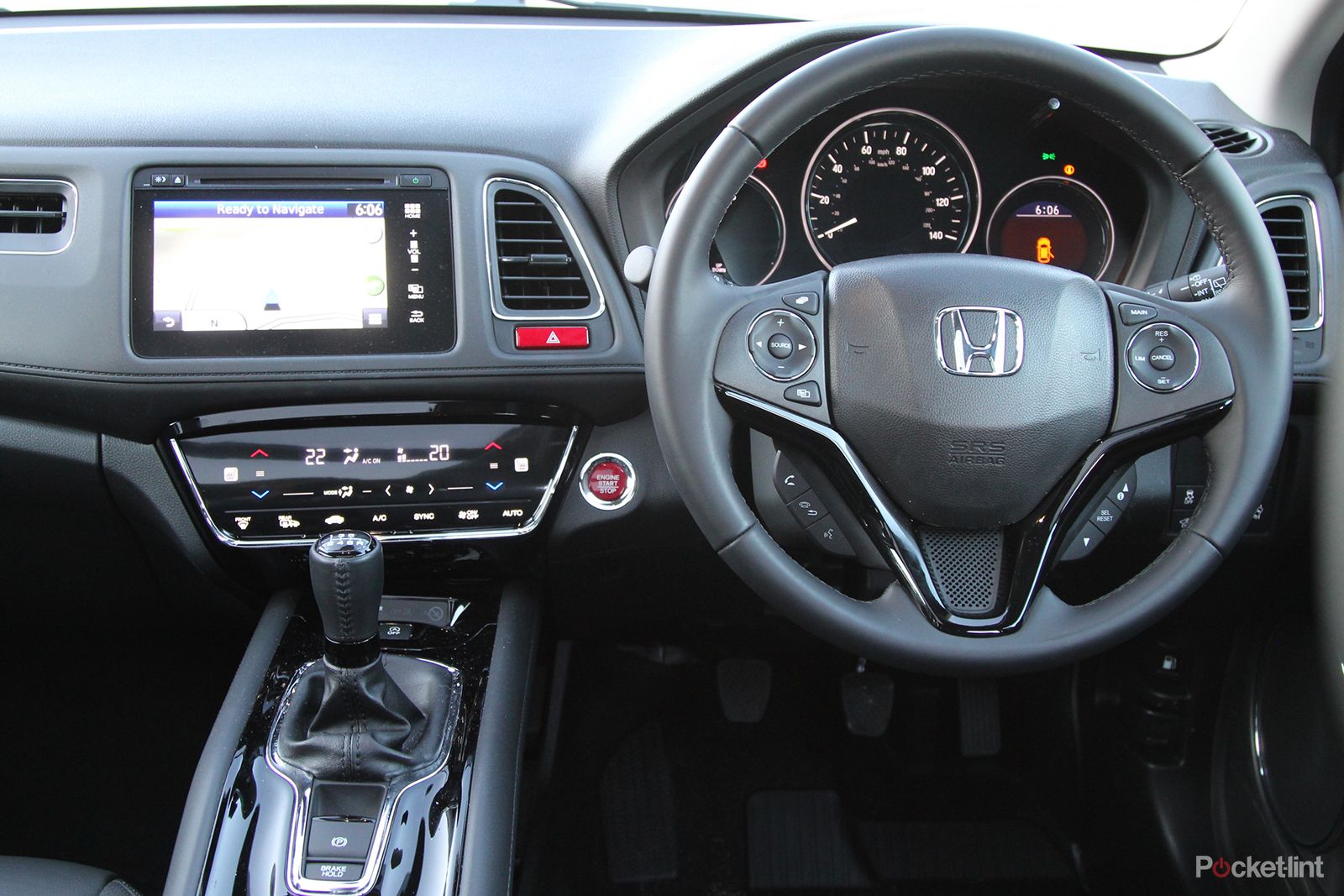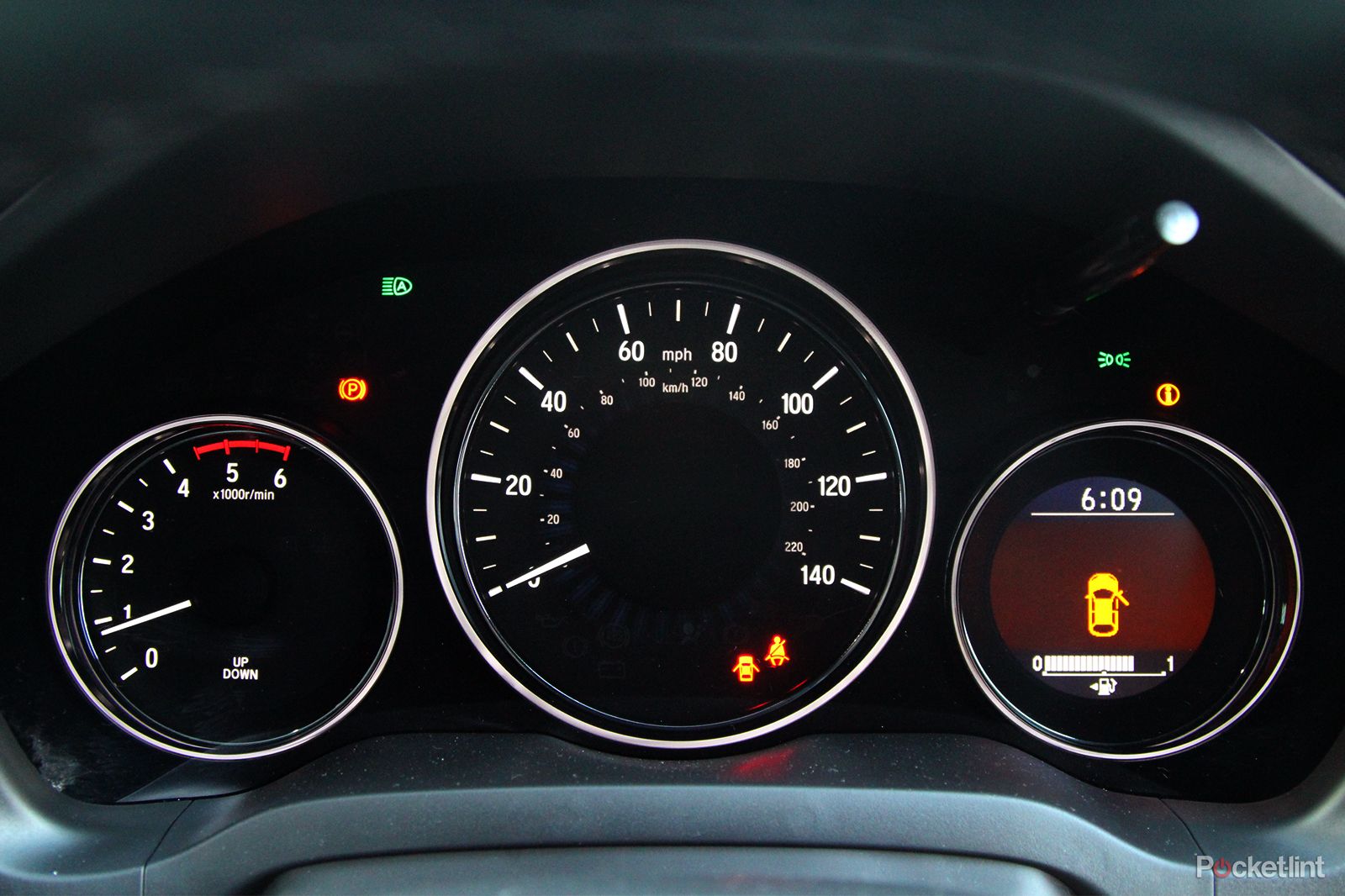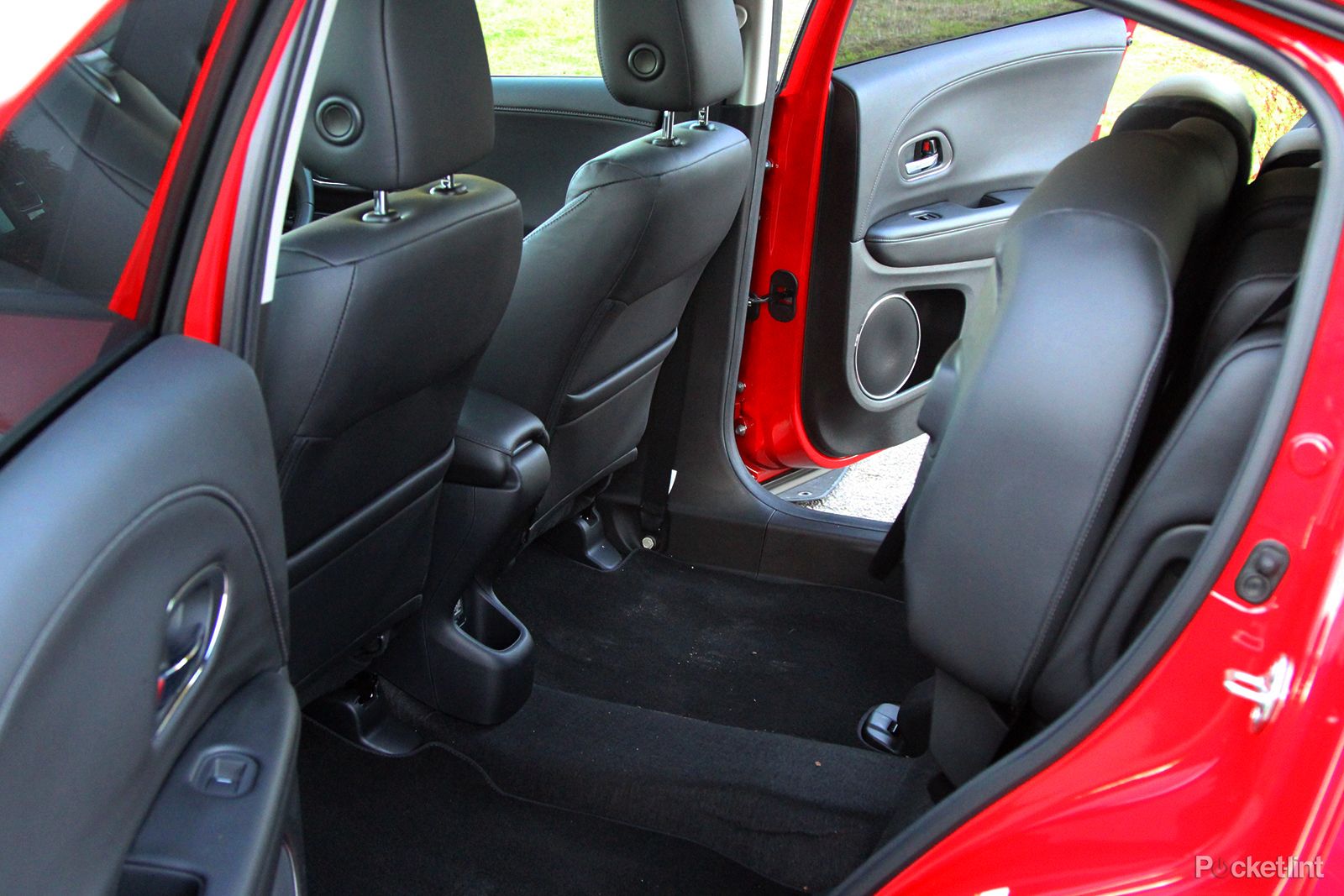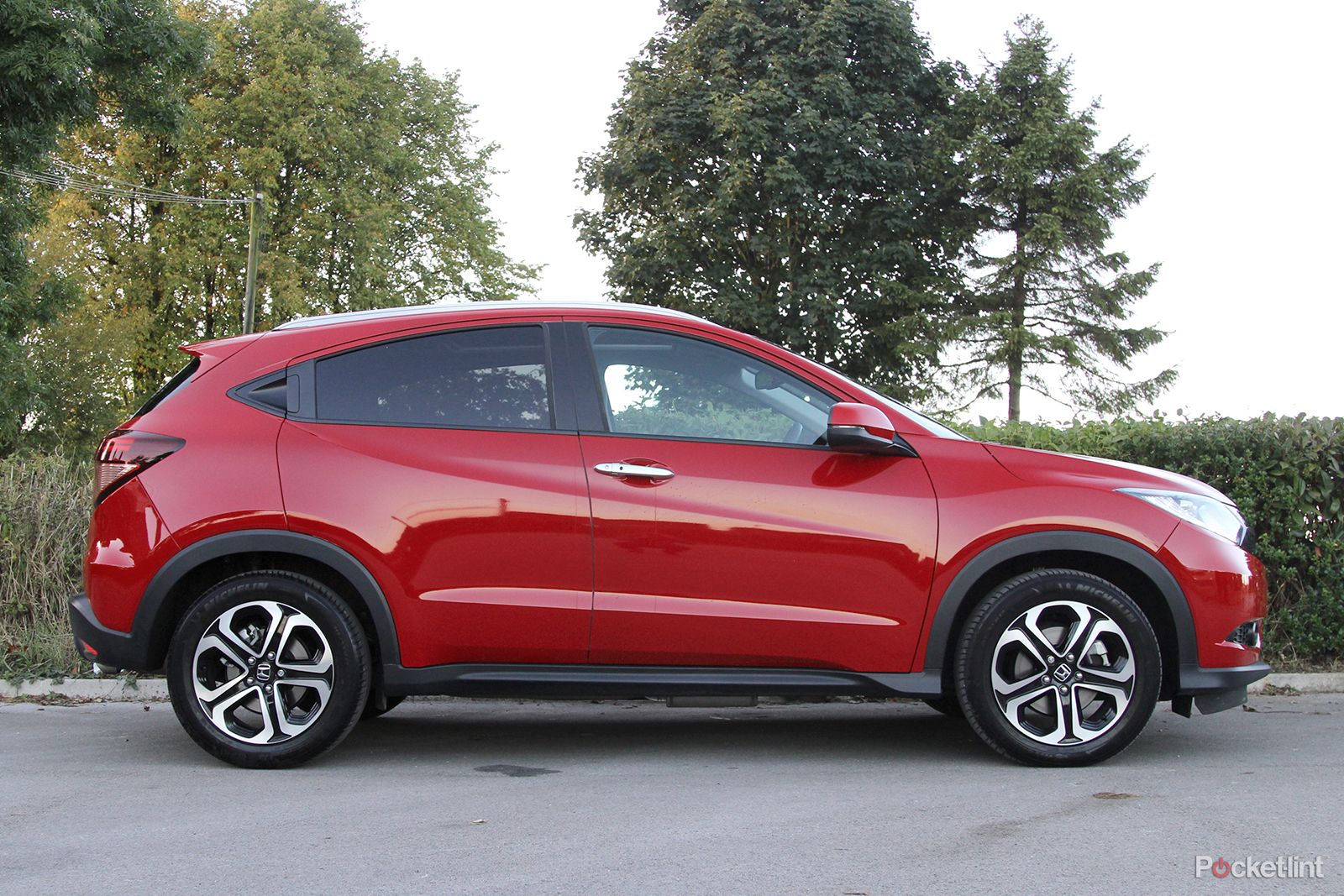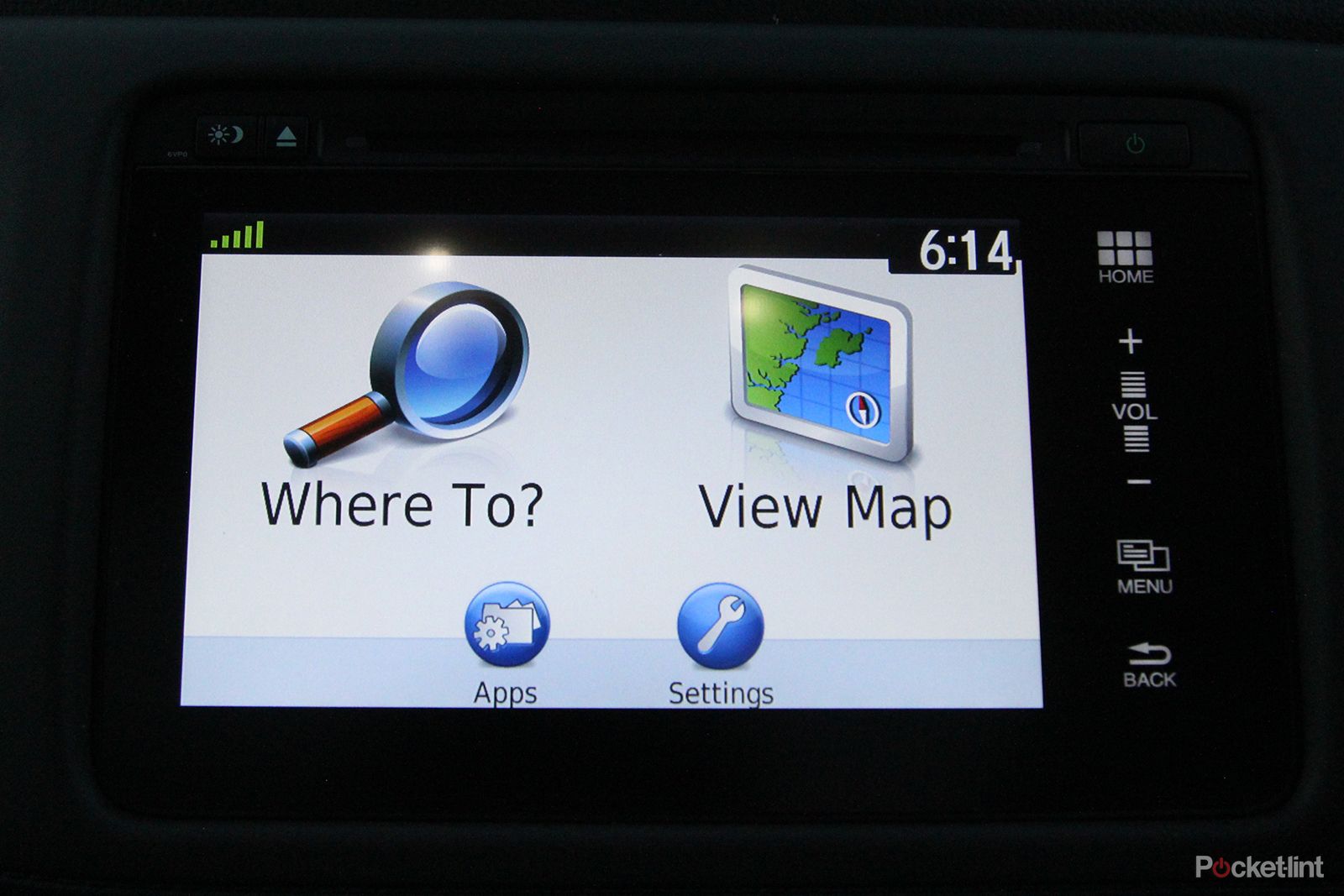Honda is one of Britain's great car makers. Yes, you did read that correctly. Despite being a Japanese firm, the company's vast operation in Swindon - where it builds the Civic, Jazz and CR-V - makes it one of the UK's biggest car producers.
Our quick take
Following our initially tricky first acquaintance, and after a week and a few hundred miles in the Honda HR-V, we've come to see it as a very formidable companion and a very likeable vehicle to live with. It's better to drive than most of the competition, it's economical yet quick enough, and it's clever with usable space and a massive dose of versatility which makes it good for family transport.
So why, you wonder, don't you see more Hondas - and specifically HR-Vs on the road? The answer is lurking in a slightly surprising price and spec figure. As tested, our EX spec HR-V is £26,630 - and it had only £575 of options selected.
Despite the high spec of our EX car (you get a panoramic roof and leather interior as standard, too) that price looks lofty when you consider you can get a top spec Nissan Qashqai for just £26,115. Looking down the market, a slightly smaller Renault Captur in top spec Signature Nav spec is £21,385. Those two cars are the respective best sellers in their classes. And the combination of these factors and prices - we suspect, to many customers - leaves the HR-V ignored, stuck in no-man's land.
Which is a shame, because it's easier to park and more cleverly designed than a Qashqai and just as well equipped. It's more spacious and much better to drive than a Captur. It's also a Honda, which data suggests means it's likely to last better and be more reliable than either other car.
Our advice would be that if you're in the market for a car like this, to stick it on your shortlist, go for a long test drive and give the SE Navi model a try instead of this EX - you get most of the kit you could ever want and in diesel form it runs to more reasonable £23,050.
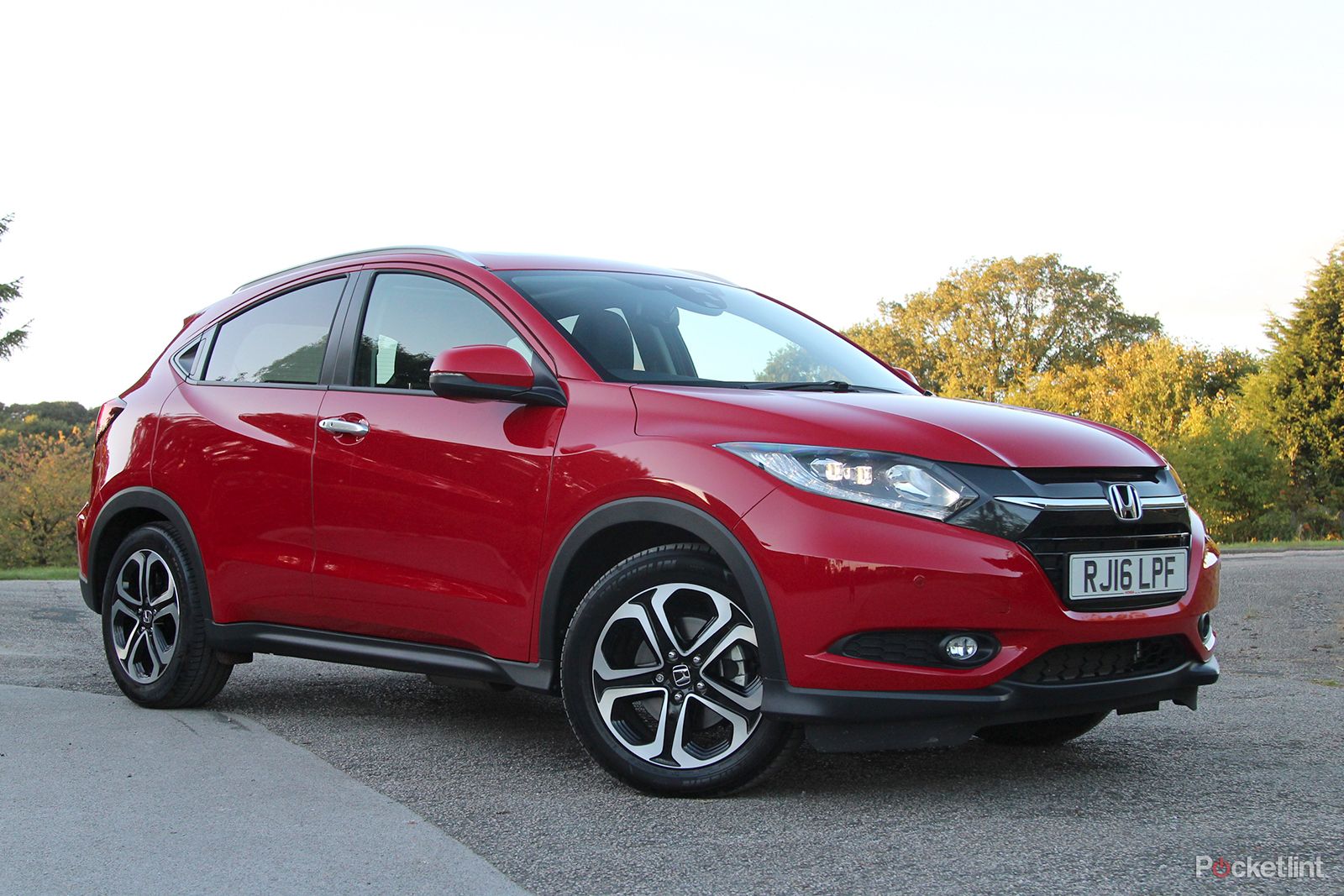
Honda HR-V - 3.5 / 5
| FOR | AGAINST |
|---|---|
|
|
Which makes it all the more strange that the company only has just over two per cent share of the UK's new car market. One of the reasons for this is Honda's range is a little unusual: there are distinct gaps in its line-up of the types of cars we like to buy today, including, until recently, a small B-sector crossover.
But now we have one: the Honda HR-V. It's car to tcompete with a Renault Captur, Mazda CX-3 and Vauxhall Mokka. Honda describes it as having the lines of a coupe with the robustness of an SUV.
However, at 4.2-metres long, it's big for this market - beginning to step into the next segment up, which is dominated by the Nissan Qashqai. So does the HR-V successfully split the difference? We've tried it out in top-of-the-line EX trim to see why you don't see more of them on the road...
Honda HR-V review: A difficult first meeting
You can tell a lot about a car from your first acquaintance with it - or so they say. And while most of us are initially drawn to a particular car because of the way it looks, it's when we first sit inside that we begin asking the car to tick boxes that might allow us to progress towards considering it as a purchase.
Does it look inviting? Is there enough space? Do the materials feel and look high quality? Is it comfortable? What all these factors add up to is what engineers in the car business define as "perceived quality" - we are perceiving a car's real quality through the things we can see and touch. Audi has mastered this art and it's a large contributing factor in why its last couple of generations of car have done so well.
While some cars - such as the Toyota Prius - can flummox the uninitiated with a confusing interface or gear selector, in the case of the HR-V when you first jump in there's little to stop you simply getting in and being able to drive it straight away. But when you first stop to drink in the atmosphere, you can't help but be a little disappointed.
The HR-V's interior is an unremittingly black space, with the quality of the plastics and materials feeling low grade. The touchscreen sat nav unit is very obviously a supplier bought-in one that looks like no real attempt has been made to integrate it into the dash design. And the first thing we did was reach for the seat adjustor, as the squab of the seat felt ridiculously flat - like we were being tipped out of the front of it. Oh and it incessantly beeps at you.
Honda HR-V review: The second read
So it's only when you spend longer with the HR-V that you come to appreciate what it is, what it does, and how cleverly it has been thought out in many regards.
It starts the minute you turn the key (well, hitting the Start/Stop button in our test car). We've remarked on this 1.6 i-DTEC diesel engine in both the Civic and CR-V before, but it's worth repeating here that it is good. It is well damped and largely free of clatter both at start up and on the move. It doesn't send weird shudders through the cabin when it starts up and stops (unlike some of the German competition).
It also returned nearly 60mpg in our hands, even when driven vigorously. Be saintly, and you might manage closer to the 70mpg that official figures suggest is possible. A CO2 figure of 108g/km will make the diesel more appealing to company car buyers than the 1.5 petrol (134g/km) but still means that company car buyers will be paying more tax than in many of the hybrid and lower power diesel competition models.
As you start the HR-V the gauges glow to life. These sharp-looking monitors pull off that neat trick of being easy to read while also looking high-tech and modern. At night, there is a theatrical blue-white halo glow around the central speedo ring which we spent half our week trying to work out how Honda had made work. We didn't work it out, but it looks great.
Turn the HR-V's wheel and you'll be impressed not only with the high quality of the leather it's wrapped in, but the nicely weighted, precise steering. And because Honda is an utter master at engineering and packaging a car, you realise your sight lines out of the car are far better than anything else in the class.
That extends to interior space too - where in the back you've got more legroom than an average C-sector hatchback and a huge boot of 470 litres (as much as a BMW 3-Series touring), and better than a Nissan Qashqai. All of which makes this 4.2-metre long car easily capable of coping with family life.
And that's before we mention the huge, reconfigurable central storage bin, or the "Magic seat" function which allows you to flip up the rear seat squab, creating a great space behind the front seats - a boon for sliding a bike in, or carrying things like plants home from the garden centre. We thought it was Skoda that owned the tag line "Simply Clever". It should be Honda.
Honda HR-V review: A mixed bag
Drive the car more, however, and the Honda is a bit of a mixed bag. The steering is, as we've mentioned, well judged. The gearshift has the kind of precision that you'd expect from a Honda - it feels light years ahead of the Peugeot 208 we jumped out of before this.
The ride has been set up to be relatively soft, so if you push on the HR-V you'll be throwing your passengers around as body control and roll isn't that well contained. Though this is probably the right setup for a family-orientated crossover, it's a shame the ride remains pretty jiggly on most surfaces. A Nissan Qashqai is better to drive and more suited to the UK, a Mazda CX-3 feels sharper and more fun.
The HR-V's diesel engine feels reasonably swift. It produces 120bhp, and at times feels faster than a 0-62mph figure of 10.5-seconds suggests. It overtakes well. It's a pity there's no option of four-wheel drive in the UK though.
In our top-spec EX model the tech suite is extensive. You get a full raft of safety kit (airbags all round, hill start and city brake assist, front collision warning, speed limiter, lane departure warning) as well as some bigger-car features such as traffic sign/speed limit recognition and automatic high-beam support for the LED headlights.
You also get a rear view camera capable of different lens angles, heated seats, keyless entry and locking, plus Bluetooth connectivity complemented by two USB ports and two HDMI jacks.That aforementioned 7-inch touchscreen, while looking like it's a stowaway from a 90s electrical shop, features massive, easy-to-hit icons. There's a Garmin sat nav complete with that company's cartoonish but easy-to-understand graphics.
What we don't like is Honda's slightly bizarre trip computer logic and steering wheel buttons which can (confusingly) directly control the centre touchscreen and take some serious learning. We were still inadvertently activating the wrong thing towards the end of our week with the HR-V.
To recap
Cleverly sized between two segments, spacious and cleverly packaged inside with typical Honda ingenuity and decent to drive. This specific model is too expensive to make real sense, but a slightly lesser-specced HR-V (we recommend SE Navi) would be a very good car to live with.

